
Greetings Friends,
This monthly newsletter (No. 34) includes; Images of 2023 and incorporation, Poetry and art, What went wrong?, Quiz, Old-growth forests.
1.0 Images of 2023 and incorporation
Key events that happened last year are captured in Images of 2023.
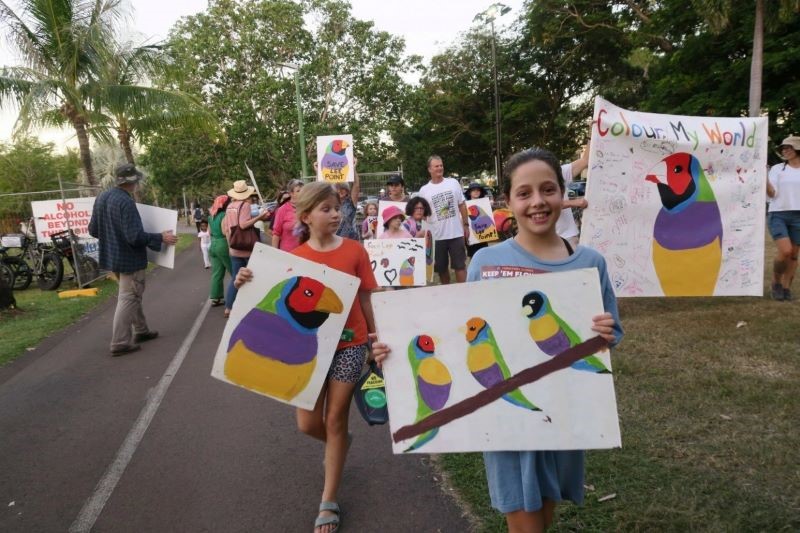
In May 2023, a painting/parade event was held at the Nightcliff Seabreeze festival called “Colour My World”. It was a great success, refer May 2023 newsletter.
Friends of lee Point has run many public events and it was decided late last year that it should try and become an incorporated association. Incorporation happened on the 2nd January 2024 – our official name is now Friends of Lee Point Incorporated.
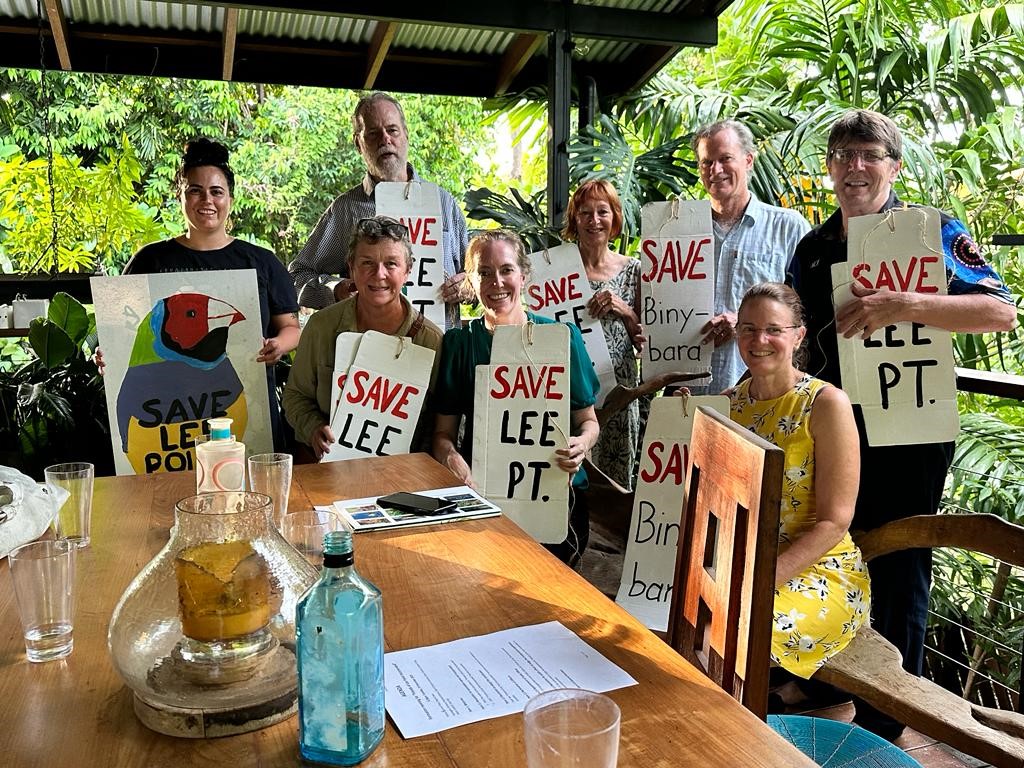
Friends of Lee Point committee – Dec 2023
2.0 Poetry and art
Adam Foster has written a poem called the “Thin Green Line” about Lee Point/Binybara and an art project is underway – closes 17 March 2024, see Lee Point Art Project 2024

3.0 Area Plan for Lee Point – What went wrong?
The Lee Point Area Plan underpins all land development at Lee Point and is a very important document. An Area Plan is normally prepared by the NT Planning Commission (NTPC) which is an independent body of planning experts recognised by government.
| What should have happened | What actually happened* | |
| 1. | NT Government asks the NTPC to prepare an Area Plan. | DHA approaches NT Government. |
| 2. | NTPC consults with community and prepares the Area Plan for consideration by NT Government. | DHA has limited consultation with community and prepares the Lee Point Area Plan for consideration by NT Government. |
*based on NT Legislative Assembly records – refer Petition 19
The DHA consultation with the community was flawed. Less than 15% of the residents of the northern suburbs knew about the Lee Point Area Plan prior to 2020 despite government approving the Lee Point Area Plan in 2015.
In other words, the Lee Point Area Plan was prepared by DHA for DHA, not the community.
The (DHA) Lee Point Area Plan focusses on the DHA development not Lee Point. The NT Government needs to ask the NTPC to prepare an Area Plan for the whole of the Lee Point peninsula and the (DHA) Lee Point Area Plan should be removed from the NT Planning Scheme.
The Area Plan allows for development to occur. Stage 2 of Lee Point/Binybara could be bulldozed early April 2024. Take Action
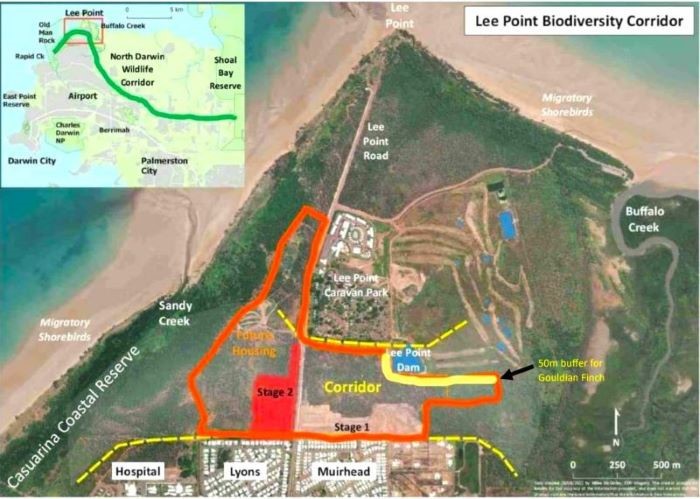
Protest Rally
On Friday, 26 January, a “Land Back” rally was held at Darwin Civic Park. This well organised and peaceful rally was led by Danggalaba woman Mililma May. Save Lee Point campaigners were among the many who were invited to attend. Several hundred people listened to the speakers then marched through Darwin CBD.
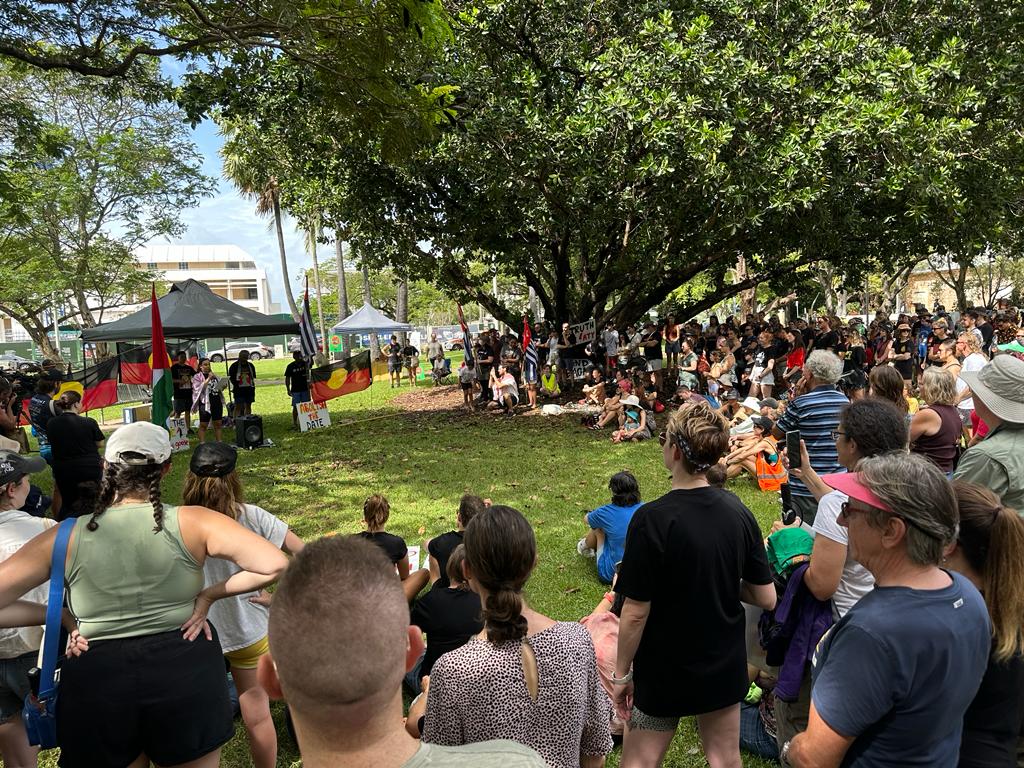
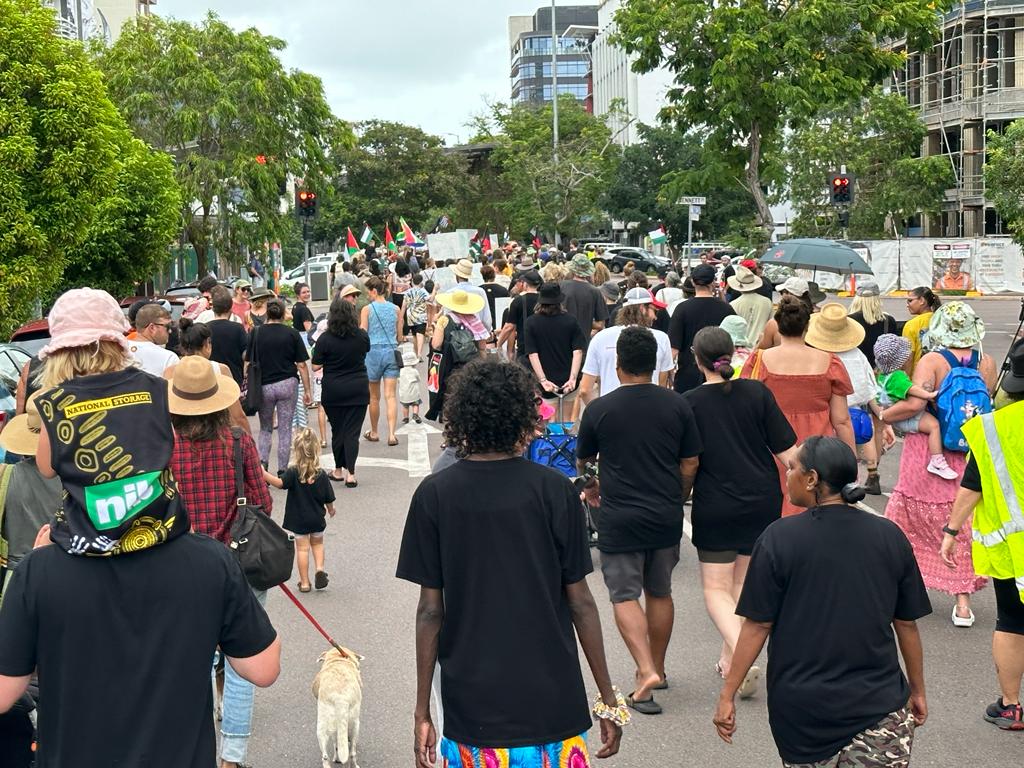

Marchers returning to Civic Park
4.0 Quiz
What are these plants called and why are their flowers a long way from their leaves? Answers at the end.
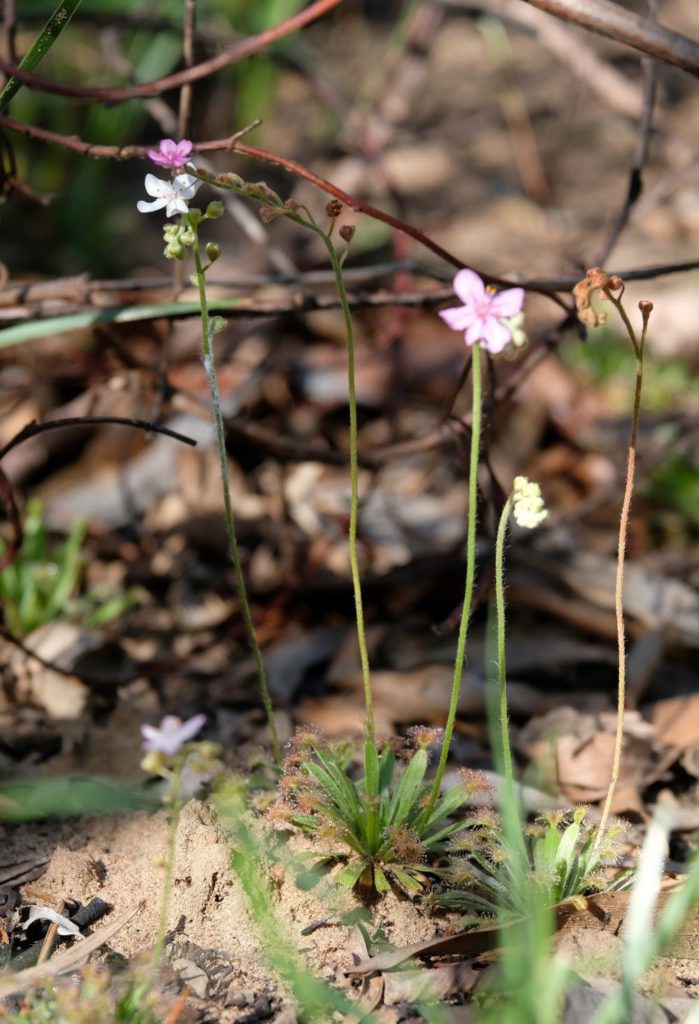
5.0 Old-growth forests
Old-growth forests tend to have large trees and standing dead trees, multilayered canopies and coarse woody debris on the forest floor. They provide diverse habitats that promote biodiversity in plants, fungi and animals, and are also one of the most effective and lowest-cost options for slowing climate change.
In Darwin, an old-growth savanna tree with tree hollows typically ranges from 150-400 years old based on a 35 to 75cm diameter (growth rate of ~2mm per year). The older/larger savanna trees generally have more hollows and larger hollows.
The largest savanna tree ever measured by FLP in Darwin was a 96cm diameter Stringybark. This ancient savanna tree is approximately 500 years old. It is rare for a savanna tree to get to such an age due to fire and cyclones. Of the 2400 old-growth trees measured by FLP, only two trees were found to have a diameter 80cm or greater and both of these were located in old-growth forests on the Lee Point peninsula.
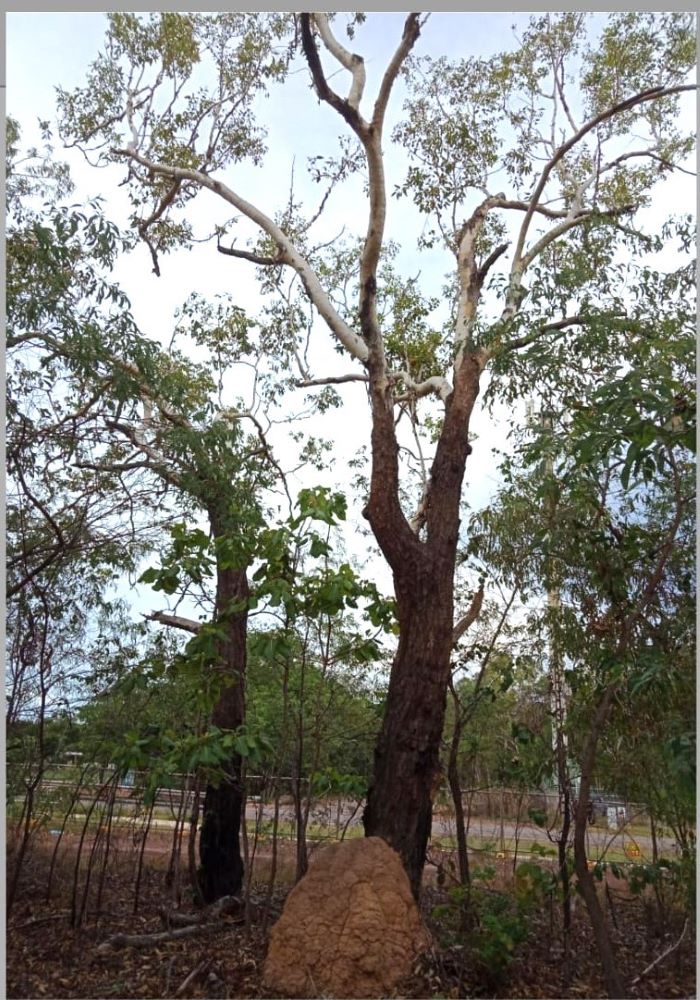
Woollybutt tree (60cm diameter) in Stage 2 with 5 hollows – bulldozed in 2023.
Forests would not exist without fungi to recycle dead organic matter. Lots of fruit from fungi can be seen in old growth forests, particularly in the wet season.
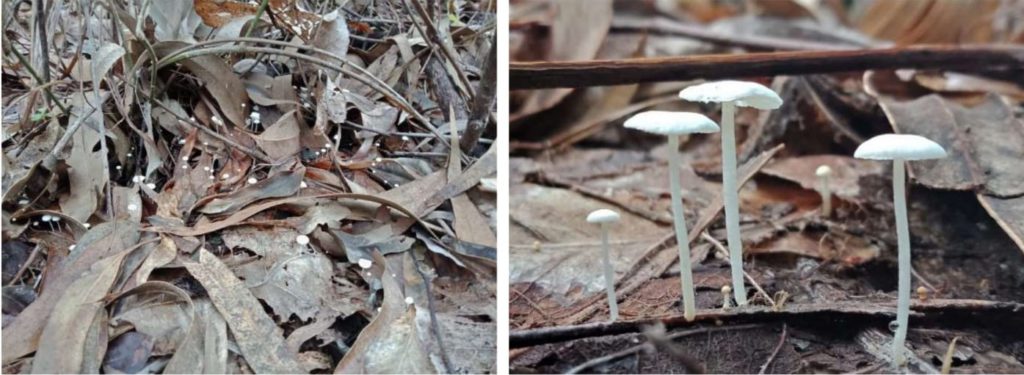
This species of fungi (fruit) is common at Lee Point in the wet season.
Grasshoppers are plant-eaters and among what is possibly the most ancient living group of chewing herbivorous insects, dating back to around 250 million years ago.
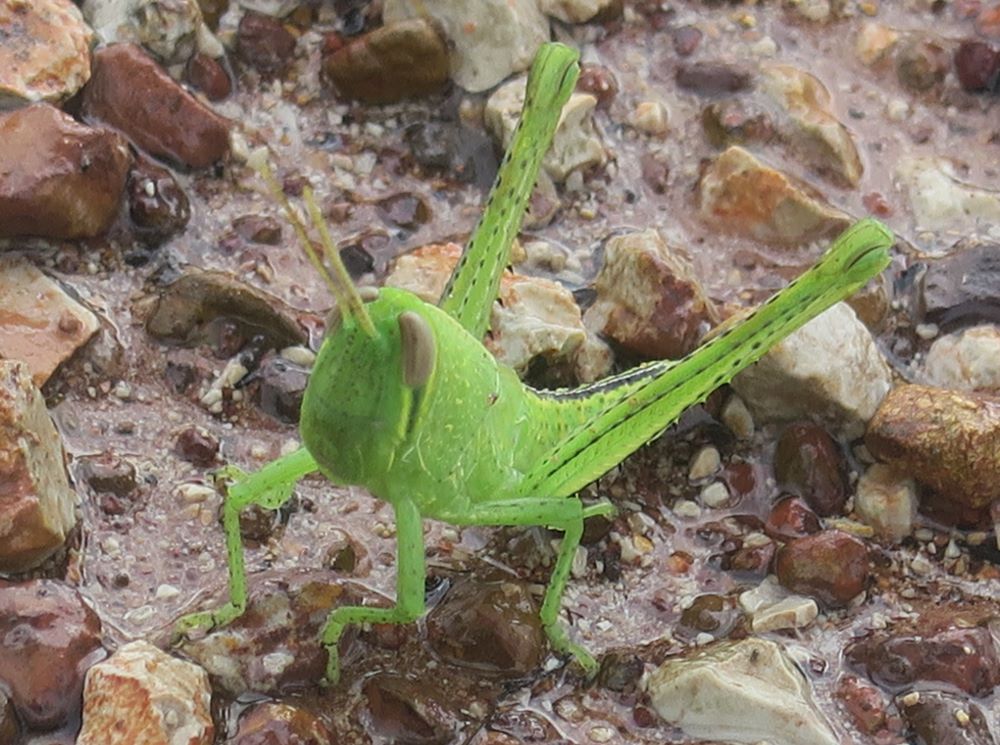
Grasshopper nymph at Lee Point dam.
Enjoy the wet season.
Answers to Quiz
These plants are called sundews (Drosera spp.) and are carnivorous.
The flowers of the sundew are located well away from the parts used to capture insects so that insect pollination can occur. Once the flowers disappear, other parts (used to capture insects) become more attractive to insects.
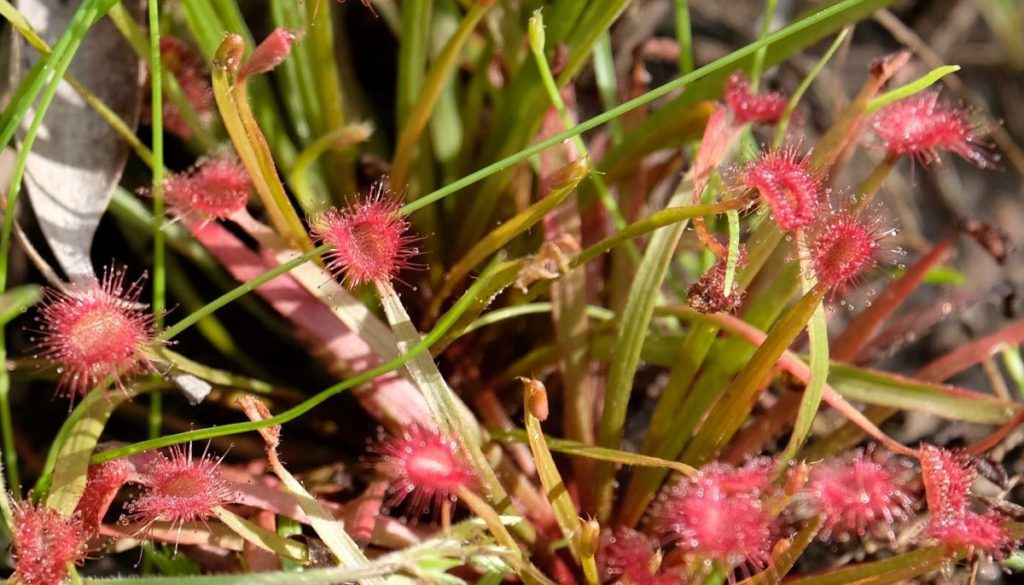
Sundew without flowers.